Dvir / Paris
Gallery Hours
Tuesday – Thursday: 11:00 – 19:00
Friday – Saturday: 12:00 – 19:00
"A time for new dreams"
Exhibition view, Dvir gallery Tel aviv

Yossi Breger born 1960, Montreuil sous-bois, France. Lived and worked in Tel Aviv, Israel 1960-2016.
Breger’s installation aims to follow the process in which pictures accumulate into content, or into abstract yet simple, coherent system that articulates a surrealist and yet understandable story. His standpoint, including his bodily stance, is eminently evident in each and every image he chooses to photograph, manifesting a combination of passion and reflection. In a formal language that is wonderfully precise, Breger’s gaze harmoniously embraces the personal and the public, life and death; it generates a pictorial and cinematic drama that is a superb depiction of a foundational moment in which, by standing in front of a thing, one captures the conceptual, personal, social and political aspects it embodies.

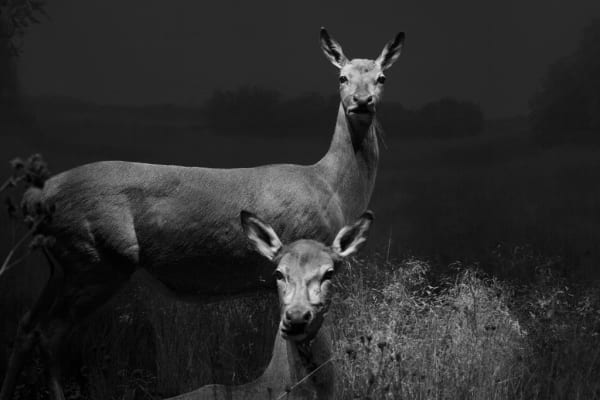



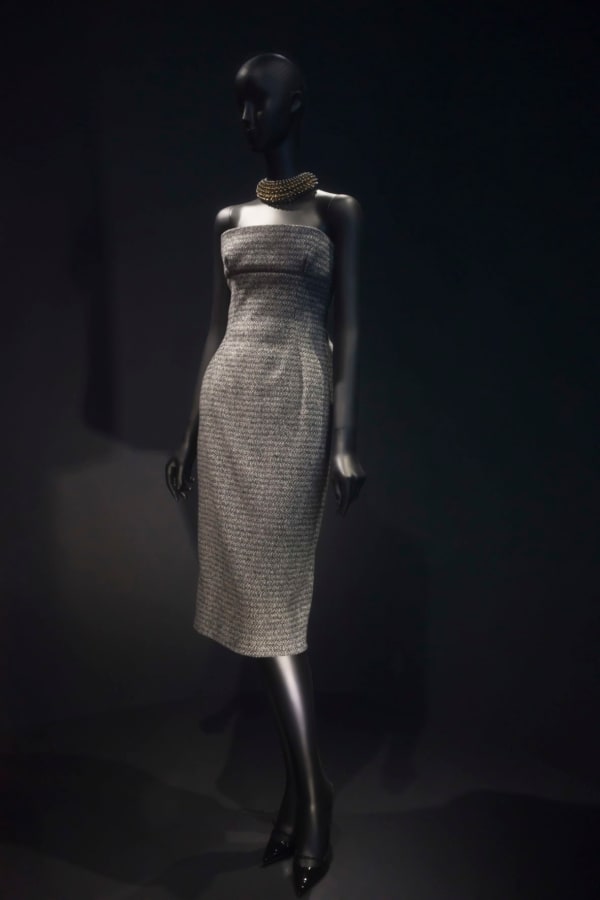
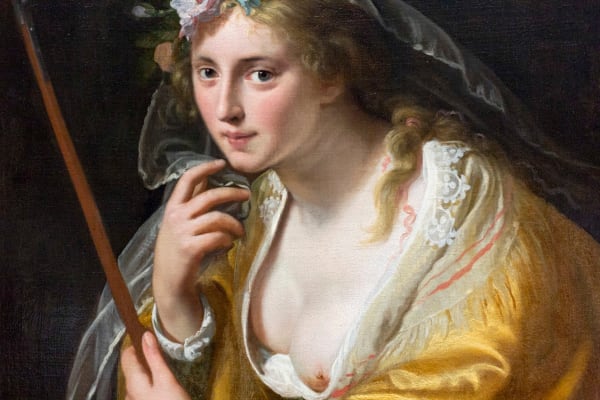
Exhibition view , Yossi Breger, A time for new dreams, 2024 , Dvir gallery Tel aviv


Gideon Gechtman was a trailblazer in Conceptual art during the 1970s and stood out as one of the most influential and innovative figures in Israeli art. His work encompassed a wide range of artistic mediums and was deeply intertwined with themes of illness, his impending death, bereavement, memory, and the idea that art, with its enduring nature, could serve as a means of perpetuation. Gechtman envisioned his artworks as a kind of mausoleum, designed to preserve his creative legacy long after his passing.




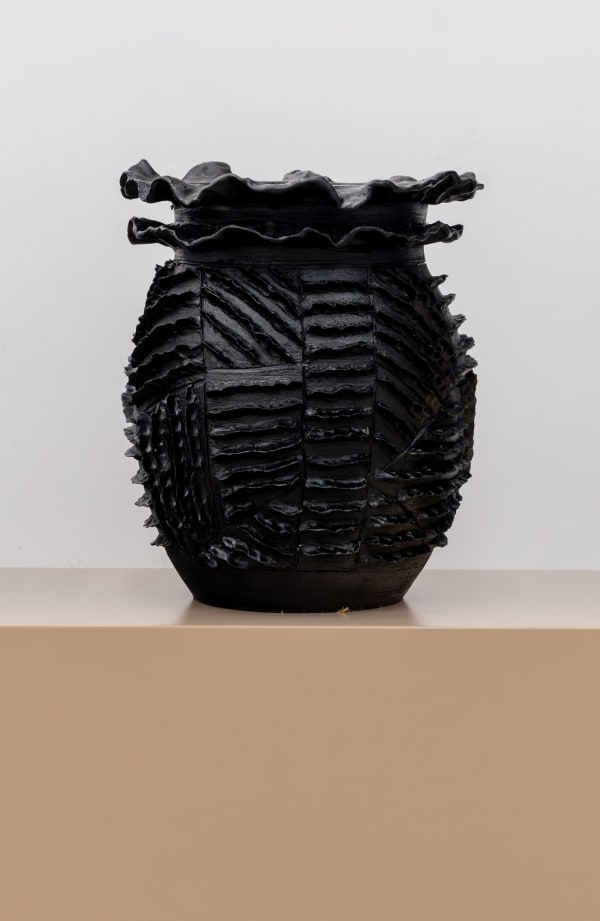



Yudith Levin born 1949, Ein Vered, Israel, where she lives and works.
Levin is considered one of the key figures in Israeli art. Over an artistic career spanning over more than four decades, she has been creating paintings on both traditional and nontraditional supports, covering canvases as well as scraps of discarded plywood found on the streets of Tel Aviv with expressive, gestural brushstrokes and semi-abstract figures and landscapes. By combining abstraction and figuration and using deliberately vague titles, Levin makes evocative works that are open to varied readings. The artist confronts the viewer with a borderline painting – in-between nothingness and a whole universe, between chaos and diamond, between a dump and flight. One of the places where Levin’s work deviates from the rational is the lack of distinction between figurative and abstract. Her figurative paintings are created like abstract paintings, from gestures which are not underlain by any figurative plan or intention. Ouzi Zur, the most prominent critic of Haaretz newspaper, described Yudith Levin in 2021 as 'The Purest Voice in Israeli Art'.
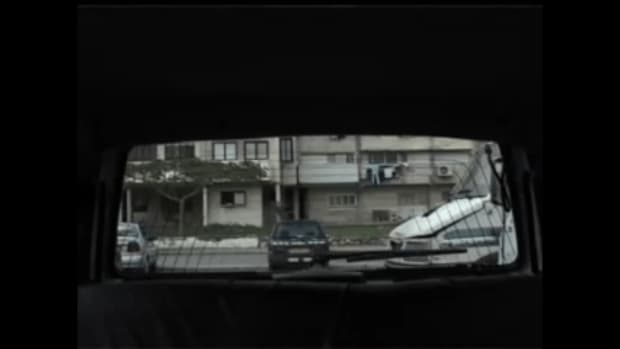
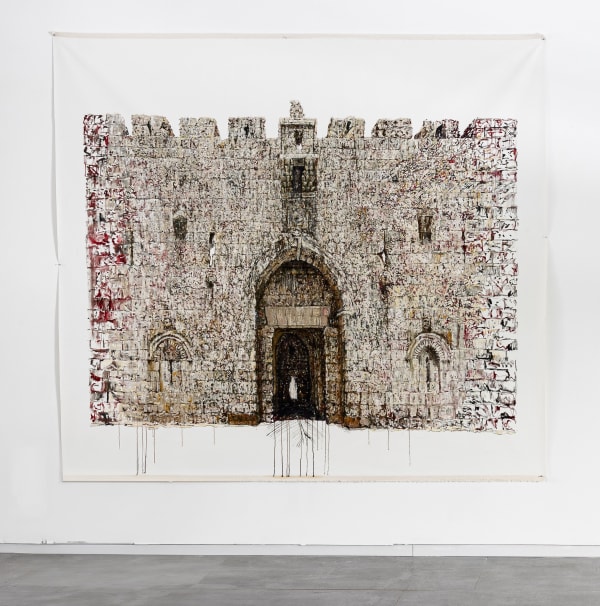

Exhibition view, Blessings and curses; blessings, Dvir Gallery Tel Aviv

I use art to glorify ordinary subjects and instances and thus compel the observer to focus on them in detail. I sculpt with raw wax, constantly exploring new ways to manipulate it and once shaped I paint them. The painting process brings the sculptures back to life, I paint the sculptures in a very precise and detailed manner, however, not perfect, imitating life. I would like to allow the observer, when facing my subjects, often common objects, experience desire and compassion towards them.”
-Shira Zelwer
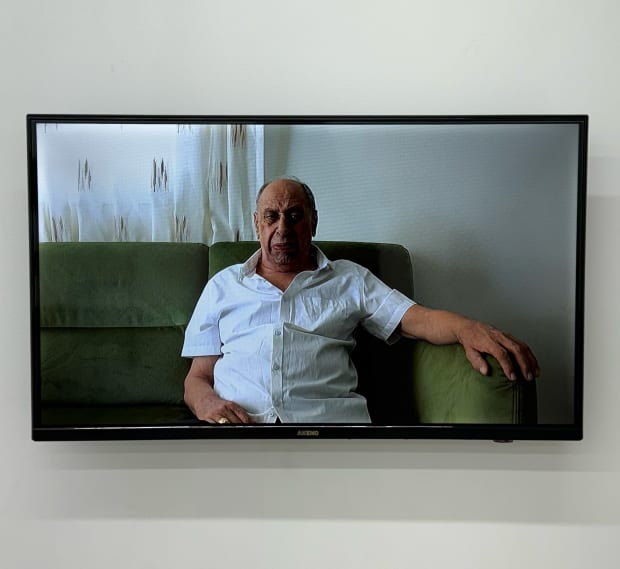


* denotes required fields
We will process the personal data you have supplied in accordance with our privacy policy (available on request). You can unsubscribe or change your preferences at any time by clicking the link in our emails.
Dvir / Paris
Gallery Hours
Tuesday – Thursday: 11:00 – 19:00
Friday – Saturday: 12:00 – 19:00
Dvir / Tel Aviv
Shvil HaMeretz 4, 2nd floor
Tel Aviv-Yafo, Israel
Gallery Hours
Thursday: 10:00 – 17:00
Friday – Saturday: 10:00 – 14:00
And by appointment
Dvir / Brussels
T. +32 486 54 73 87
This website uses cookies
This site uses cookies to help make it more useful to you. Please contact us to find out more about our Cookie Policy.